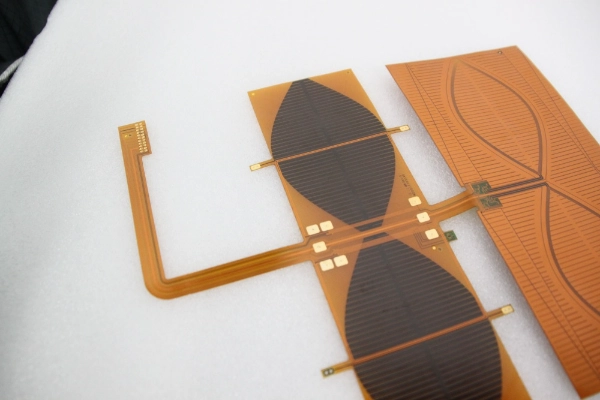When it comes to home renovations, one of the most common dilemmas homeowners face is how to deal with outdated or unsightly ceiling finishes. Among these, tile ceilings—often seen in older homes—can be particularly challenging. If you're considering a renovation project and are asking yourself, Can you drywall over a tile ceiling? the answer is yes, but there are several important factors to consider. In this article, we will explore the process, benefits, and potential pitfalls of drywalling over a tile ceiling, providing you with a comprehensive guide to making this transformation successfully.
Understanding Tile Ceilings
Tile ceilings, often made from materials like acoustic tiles or plaster, were popular in the mid-20th century for their sound-dampening properties and ease of installation. However, they can become dated and may not fit the aesthetic of modern interiors. Additionally, these ceilings can harbor dust, allergens, and even mold if not properly maintained. Therefore, many homeowners opt to cover them with drywall to achieve a cleaner, more contemporary look.
Benefits of Drywalling Over a Tile Ceiling
- Aesthetic Improvement: Drywall provides a smooth, uniform surface that can be painted or textured to match your desired interior design, significantly enhancing the visual appeal of your space.
- Increased Property Value: Updating your ceiling can increase the overall value of your home, making it more attractive to potential buyers.
- Improved Insulation: Adding drywall can improve the insulation properties of your ceiling, helping to regulate temperature and reduce energy costs.
- Ease of Maintenance: Unlike tile ceilings, which can be difficult to clean, drywall is easier to maintain and repair, making it a practical choice for busy households.
The Process of Drywalling Over a Tile Ceiling
Before you begin, it’s essential to assess the condition of your tile ceiling. If the tiles are loose, damaged, or moldy, it may be necessary to remove them entirely rather than covering them. However, if they are in good condition, you can proceed with the following steps:
- Preparation
- Safety First: Always wear protective gear, including goggles and a mask, to protect yourself from dust and debris.
- Clear the Area: Remove furniture and cover the floors to protect them from dust and falling debris.
- Inspect the Ceiling: Check for any signs of water damage or mold. If you find any issues, address them before proceeding.
- Securing the Tile Ceiling
To ensure a stable surface for the drywall, you may need to secure the existing tiles. Use screws to fasten loose tiles to the underlying structure. This step is crucial to prevent any movement that could lead to cracks in the new drywall.
- Installing Furring Strips
Furring strips are thin strips of wood or metal that provide a framework for attaching drywall. Install these strips perpendicular to the existing tile ceiling, spaced approximately 16 inches apart. This will create a level surface for the drywall and allow for better insulation.
- Hanging the Drywall
Once the furring strips are in place, you can begin hanging the drywall. Cut the drywall sheets to fit the dimensions of your ceiling, and secure them to the furring strips using drywall screws. Be sure to stagger the seams for added strength and stability.
- Finishing Touches
After the drywall is installed, tape and mud the seams to create a smooth finish. Once dry, sand the surface to eliminate any imperfections. Finally, you can paint or texture the ceiling to match your desired aesthetic.
Potential Pitfalls to Consider
While drywalling over a tile ceiling can be a great solution, there are some potential pitfalls to be aware of:
- Weight Considerations: Adding drywall increases the weight of your ceiling. Ensure that the existing structure can support this additional weight.
- Height Reduction: Installing drywall will lower the ceiling height slightly, which may not be ideal for all spaces.
- Moisture Issues: If the tile ceiling has been exposed to moisture, it’s crucial to address any underlying issues before covering it with drywall to prevent mold growth.
Conclusion
In summary, drywalling over a tile ceiling is a feasible and often beneficial renovation project that can enhance the aesthetics and functionality of your home. By following the proper steps and considering the potential challenges, you can achieve a beautiful, modern ceiling that adds value to your property. Whether you're a seasoned DIY enthusiast or a first-time renovator, this project can be a rewarding way to transform your living space. Remember, if you're ever in doubt, consulting with a professional contractor can provide you with the guidance and expertise needed to ensure a successful outcome.

